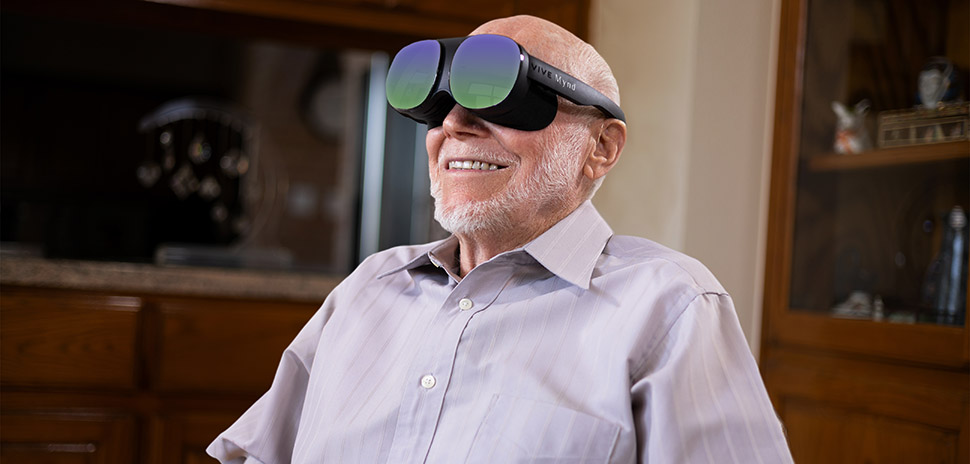Dallas-based global chipmaking giant Texas Instruments has launched a new portfolio of automotive lidar, clock, and radar chips. The new products will help automakers “transform vehicle safety” by bringing more autonomous features to a wider range of cars, TI said.
“Our latest automotive analog and embedded processing products help automakers both meet current safety standards and accelerate toward a collision-free future,” Andreas Schaefer, TI general manager, ADAS and Infotainment, said in a statement. “Semiconductor innovation delivers the reliability, precision, integration, and affordability automakers need to increase vfradar ehicle autonomy across their entire fleet.”
TI said its new LMH13000, the industry’s first integrated high-speed lidar laser driver, delivers ultra-fast rise time to improve real-time decision-making.
Lidar stands for Light Detection and Ranging and is a remote sensing technology that uses laser light pulses to measure distances to an object or surface. Lidar works by emitting laser beams and measuring the time it takes for the reflected light to return, providing a highly accurate 3D model of the environment.
TI said the industry’s first automotive BAW-based clocks, the CDC6C-Q1 oscillator and LMK3H0102-Q1 and LMK3C0105-Q1 clock generators, improve advanced driver assistance system (ADAS) reliability.
By addressing evolving ADAS needs, TI said its new AWR2944P mmWave radar sensor offers advanced front and corner radar capabilities.
TI said its new automotive lidar, clock, and radar chips build on its commitment to helping engineers design adaptable ADAS for “a safer, more automated driving experience.”
Critical role of lidar in autonomous vehicle operations
The company called lidar “a crucial technology” for the future of safe autonomous vehicles, noting that it provides a detailed 3D map of the driver’s surroundings.
That enables vehicles to accurately detect and quickly react to obstacles, traffic and road conditions to improve real-time decision-making, the company said. TI said its new LMH13000 is the industry’s first integrated high-speed laser driver to deliver an ultra-fast 800ps rise time, achieving up to 30% longer distance measurements than discrete solutions.
With integrated low-voltage differential signaling, complementary metal-oxide semiconductor, and transistor-transistor-logic control signals, the device eliminates the need for large capacitors or additional external circuitry, TI said.
According to the company, that integration also supports an average 30% reduction in system costs while reducing solution size by four times, empowering design engineers to discretely mount compact, affordable lidar modules in more areas and across more vehicle models.
As lidar technology reaches higher output currents, TI said vast variations in pulse duration over temperature make it challenging to meet eye safety standards. The device’s short pulse-width generation and current control enable the system to meet Class 1 U.S. Food and Drug Administration eye safety standards, TI said.
Other improvements
TI said that electronics in ADAS and in-vehicle infotainment systems must work reliably while facing temperature fluctuations, vibrations and electromagnetic interference. With the company’s BAW technology benefits, the new CDC6C-Q1 oscillator and LMK3H0102-Q1 and LMK3C0105-Q1 clock generators increase reliability by 100 times compared to traditional quartz-based clocks, with a failure-in-time rate of 0.3, TI said.
Enhanced clocking precision and resilience in harsh conditions enable safer operation, cleaner data communication, and higher-speed data processing across next-generation vehicle subsystems, the company said.
TI also unveiled a new front and corner radar sensor, the AWR2944P, building on its widely adopted AWR2944 platform. It said the new radar sensor’s enhancements improve vehicle safety by extending detection range, improving angular accuracy, and enabling more sophisticated processing algorithms.
Key enhancements include:
- An improved signal-to-noise ratio.
- Increased computational capabilities.
- A larger memory capacity.
- An integrated radar hardware accelerator that allows the microcontroller and digital signal processor to execute machine learning for edge artificial intelligence applications.
Don’t miss what’s next. Subscribe to Dallas Innovates.
Track Dallas-Fort Worth’s business and innovation landscape with our curated news in your inbox Tuesday-Thursday.
































